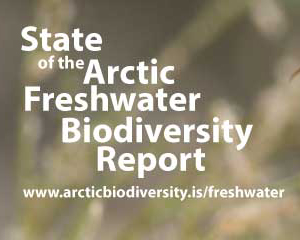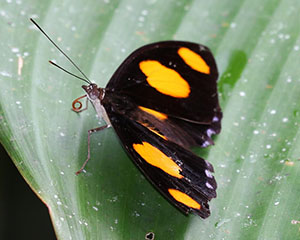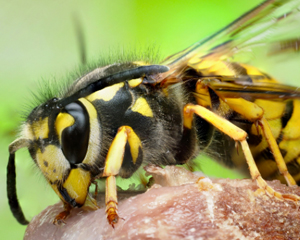If we are to address invasive species effectively, international policy targets must link goals to tools for invasion monitoring and decision support systems. Commentary from Species Populations Working Group in @OneEarth_CP
Commentary from Species Populations WG: Measure and Reduce the Harm Caused by Biological Invasions









